Rajshahi, Oct 27 (V7N) — Rajshahi city, covering an area of 96.72 square kilometers, is experiencing increasing pressure as people from surrounding upazilas and districts migrate in search of work. Many rural residents, once engaged in agriculture, are leaving their villages due to declining farming opportunities and the shrinking availability of agricultural land.
Poverty and unemployment in rural areas are directly affecting livelihoods, resulting in a worrying rise in indebtedness and suicides this year. Drought, water scarcity, and the reduction of farmland due to pond excavation at the upazila level have further decreased employment in the agricultural sector. Research reports indicate that the Barendra region has experienced 13 exceptional droughts over the past five decades, leaving 45 percent of land fallow. Factors such as groundwater depletion, reduced river and canal flow, high population density, and deforestation have exacerbated the problem.
A 2022 study revealed that approximately 63 percent of people in parts of Rajshahi have shifted from agricultural to non-agricultural occupations. According to the Bangladesh Bureau of Statistics’ 2024 labor force survey, the Rajshahi division has around 357,000 unemployed individuals, the majority residing in the city.
The lack of rural employment has forced many to migrate to Rajshahi, hoping to earn a living. Most newcomers attempt to work as auto-rickshaw drivers, contributing to traffic congestion and financial struggle. While the city corporation permits 16,000 auto-rickshaws, an estimated 60,000 to 70,000 are currently in operation, many operated by inexperienced drivers under rental arrangements. Drivers often struggle to cover daily payments, making it difficult to support their families.
Interviews with some migrants highlight the challenges they face. Soni Islam, a young man from Shialber village in Poba Upazila, said, “I needed to do something to earn a living. Previously, I worked in the fields, but now there is no consistent work, so I am driving an auto-rickshaw.” Mamun Reza, an auto-rickshaw driver in Saheb Bazar, Godagari, echoed similar concerns: “There is no work in the village. Agriculture cannot sustain a family, so I came to the city, but there are too many drivers and too few passengers.”
Urban planners warn that unchecked rural-to-city migration is straining Rajshahi’s infrastructure, traffic management, and employment opportunities. Without creating industrial jobs and improving rural employment, the pressure on the city will intensify.
Professor Mohammad Mahmudur Rahman of Rajshahi University emphasized, “Rajshahi city already faces a severe employment shortage. An influx of rural migrants will make it difficult to manage the population. Authorities must prioritize planned urban development, job creation, river-based tourism, and industrial growth to mitigate these challenges.”
Safiuuddin Ahmed, president of Shushashoner Jonno Nagorik (Sujon) in Rajshahi, added, “Developing a clean, modern, and livable Rajshahi requires citizen awareness and a comprehensive master plan by urban planners. Generating new employment opportunities is crucial to ensure a sustainable city.”
Economists recommend supporting small-scale rural industries, agricultural processing enterprises, and local entrepreneurship to curb unnecessary migration. Without such measures, cities like Rajshahi risk being overwhelmed by unemployment and poverty in the near future.
END/MRA/SMA/



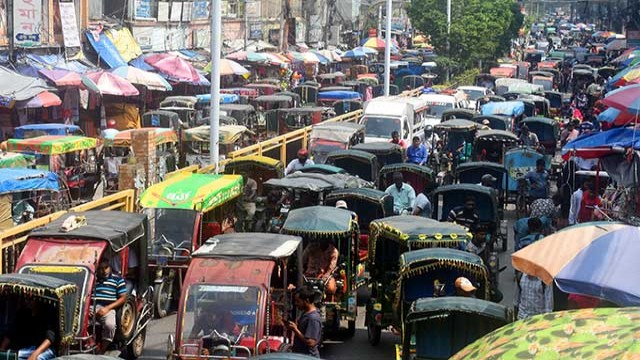
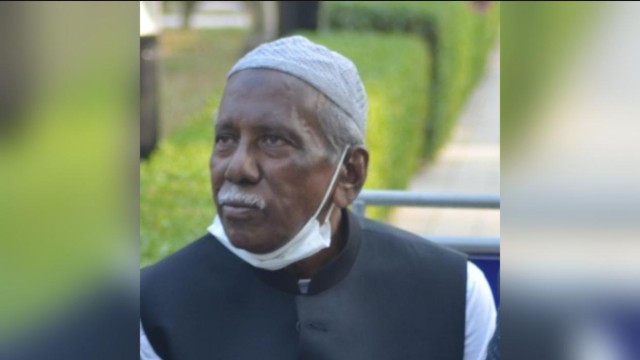

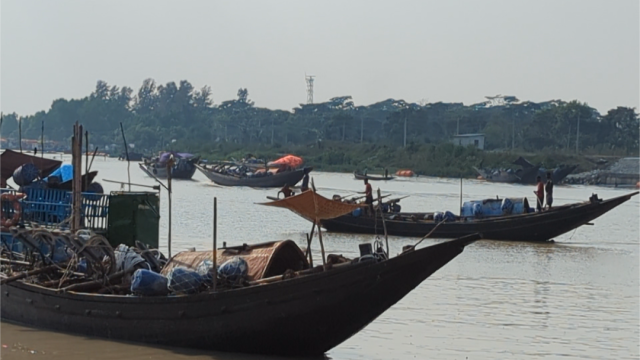
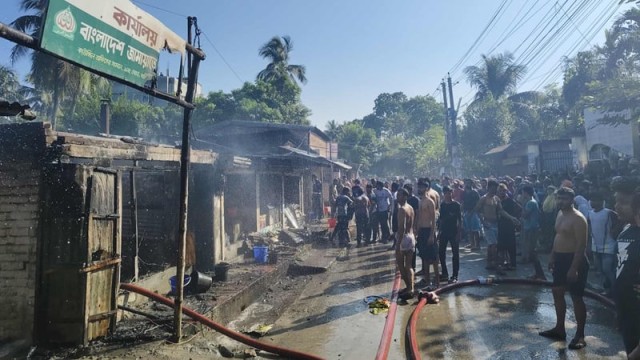
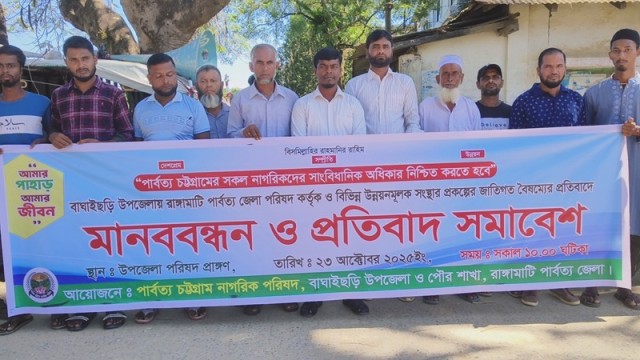
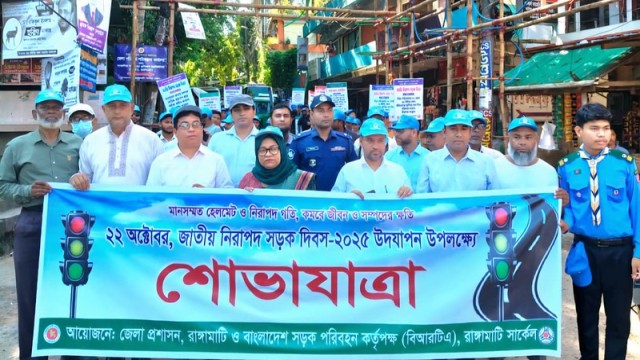



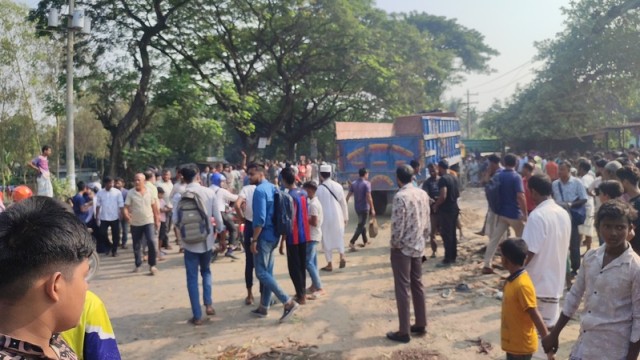


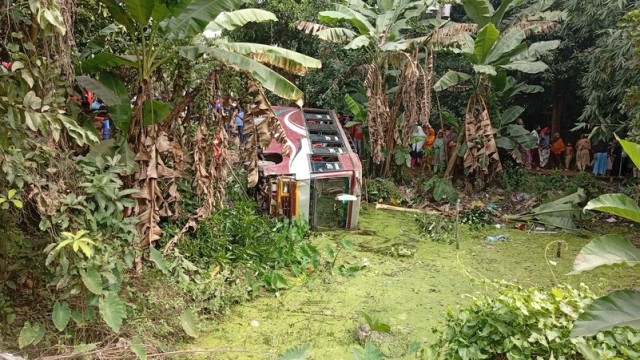
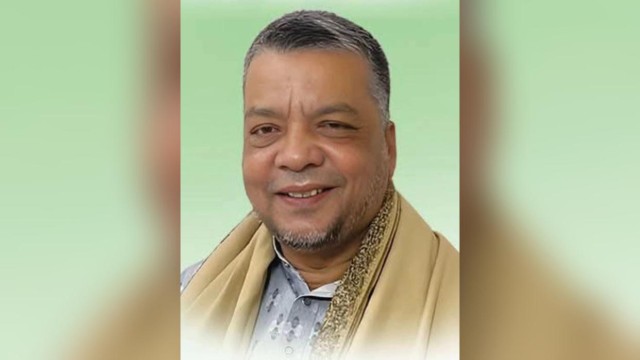


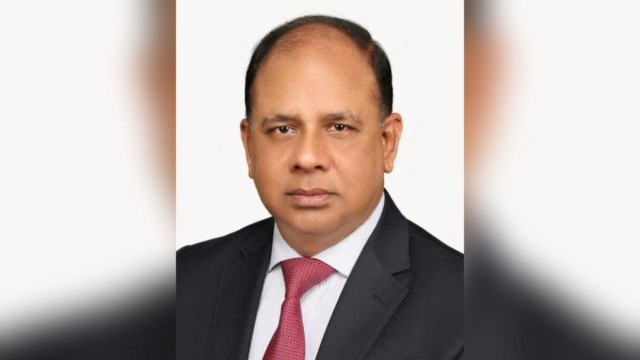


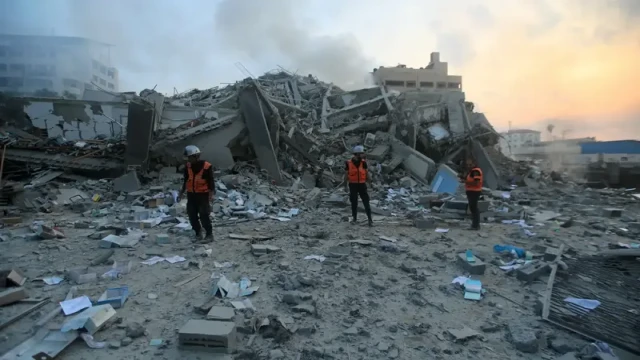

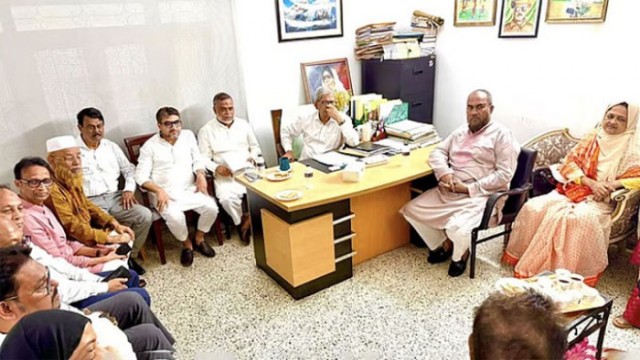


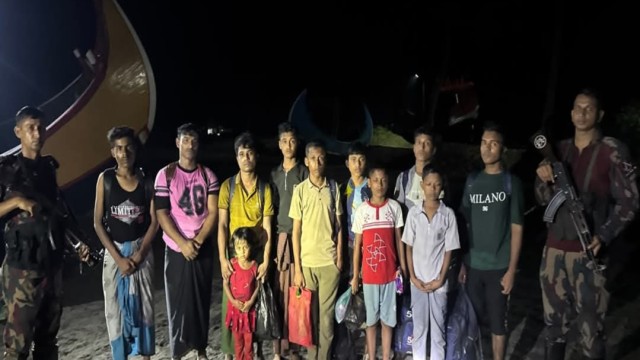
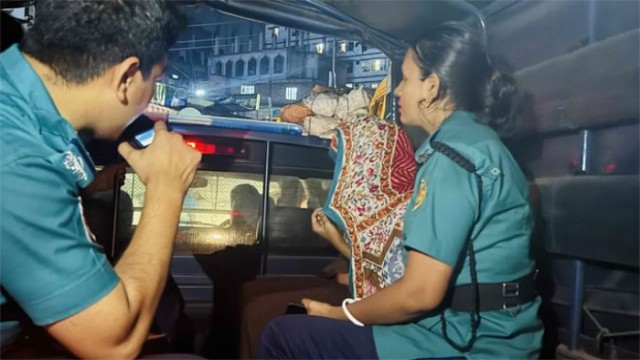
Comment: